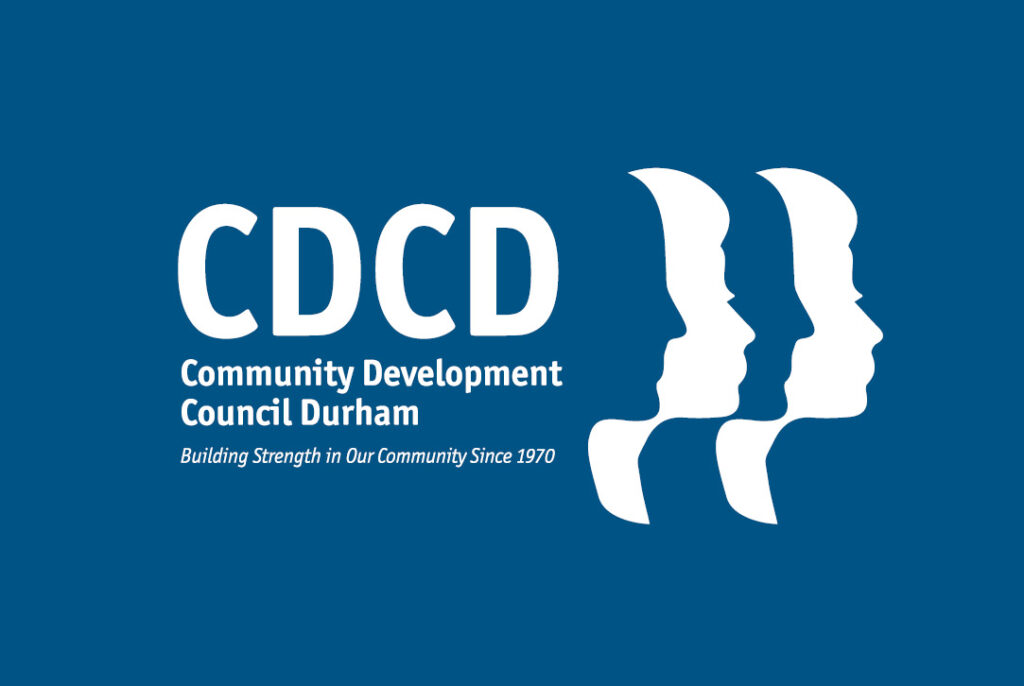CDCD
Community Development Council Durham
458 Fairall Street, Unit 4 Ajax, ON L1S 1R6
Phone: 905-686-2661
Toll Free: 1-866-746-3696
Fax: 905-686-4157
Email: info@cdcd.org
Website: cdcd.org
CDCD is a registered Canadian charity.
Charitable Registration #130979826RR0001
Hours
Monday: 8:30 a.m. – 4:30 p.m.
Tuesday: 8:30 a.m. – 4:30 p.m.
Wednesday: 8:30 a.m. – 4:30 p.m.
Thursday: 8:30 a.m. – 4:30 p.m.
Friday: 8:30 a.m. – 4:30 p.m.
Saturday: Closed
Sunday: Closed



